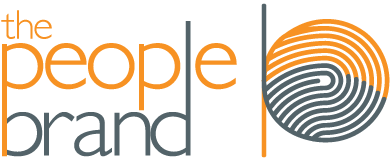According to a study by software giant Adobe, 77% of workers feel creativity is a critical job skill. Almost as many people believe being more creative makes people better. A search on Amazon reveals over 50,000 books about creativity. If we believe creativity is important and we have an incredible appetite for content about creativity, why do we have such a hard time bringing our creativity to our work?
We don’t identify as creative.
Fewer than half of us consider ourselves as creative. If someone asked us as kindergartners, most of us would say we’re artists. What happened as we grew up? Did we BECOME less creative, or did we simply start BELIEVING we were less creative? Certainly, it is our belief shaping our identity. And if we don’t believe we are creative, we are less likely to attempt anything that feels creative.
Our space is too restrictive.
About two-thirds of us think our office space stifles creativity and innovation. Early office layouts were based on the same layout as a factory floor. Businesses weren’t designed for creativity. They were designed for production. Many of us are knowledge workers today, and we need spaces that support focused activity. This means having visual and auditory privacy. We also need spaces where we can collaborate, as well as rejuvenate. Few leaders realize the need for these spaces, and we settle for a one-size-fits-all solution. This usually results in a completely open office, or a space where only executives have private offices.
We don’t trust our office culture.
Even if leaders say they want employees to contribute ideas, collaborate more, or to have the freedom to fail… their actions may show otherwise. Those who challenge the status quo end up being labeled as trouble-makers. Individual contributors are more highly praised than those who collaborate well on teams. A hyper-focus on results makes failure appear to be fatal. If what you do doesn’t work the first time, you may be out of a job.
Our processes are too linear.
Our workflow often follows a linear pattern. We begin with divergent thinking by generating a lot of ideas. We move to convergent thinking by narrowing down to the idea we think is best. Then we execute that idea until we have a finished product (sidenote: there’s an interesting mental picture when you imagine “executing ideas.”) This sounds logical, but creativity works in cycles that often involve shorter iterations with rapid prototyping and a willingness to move from convergent to divergent thinking throughout the process.
As much lip service as we give to the value of creativity in the workplace, we have to change these 4 areas:
- Our identity: how we view our own creativity
- Our space: how we design and use our physical environment
- Our culture: how we treat each other and our habits as a group
- Our processes: how we go through work cycles
By looking at each of these areas, we give ourselves levers to move. This helps us to increase the creativity we bring to our work, as well as the creativity of others.

